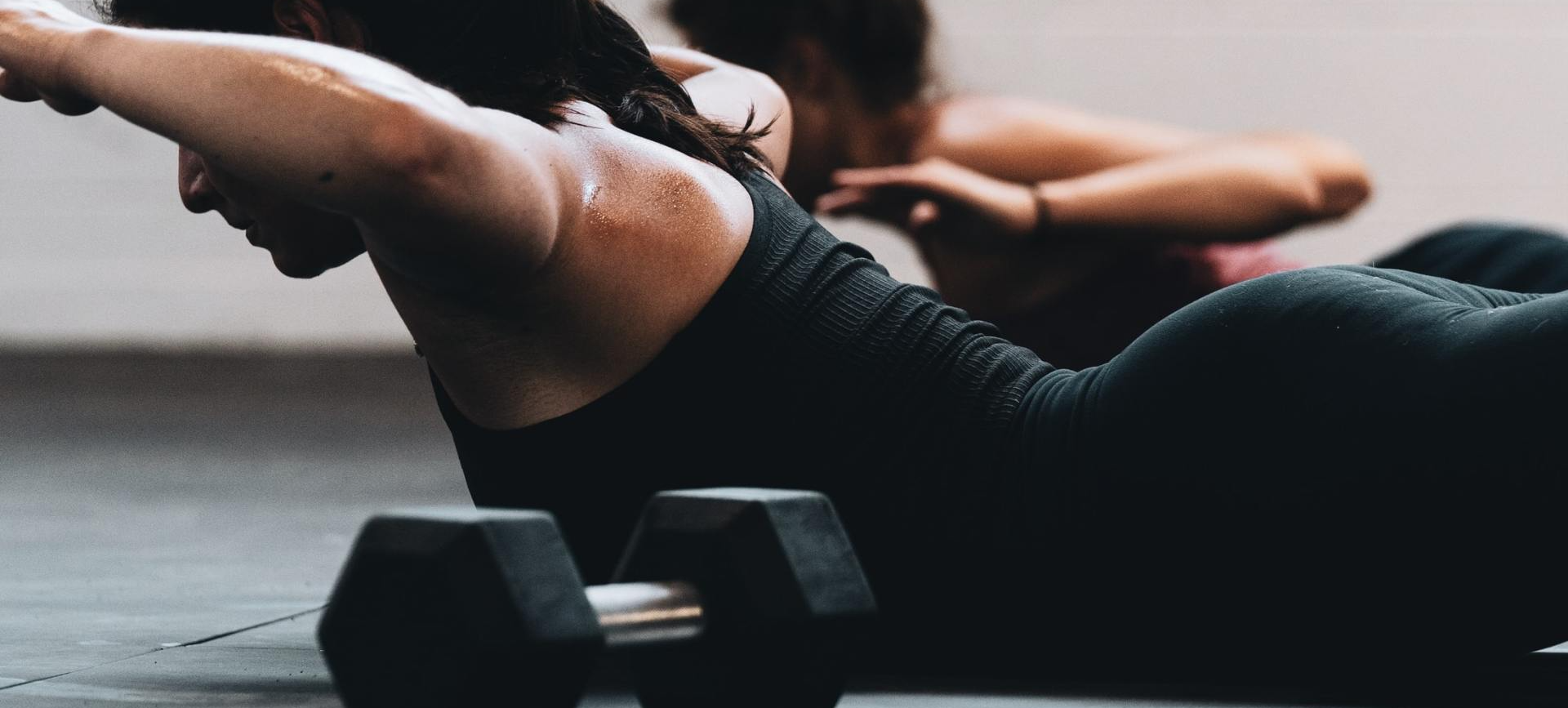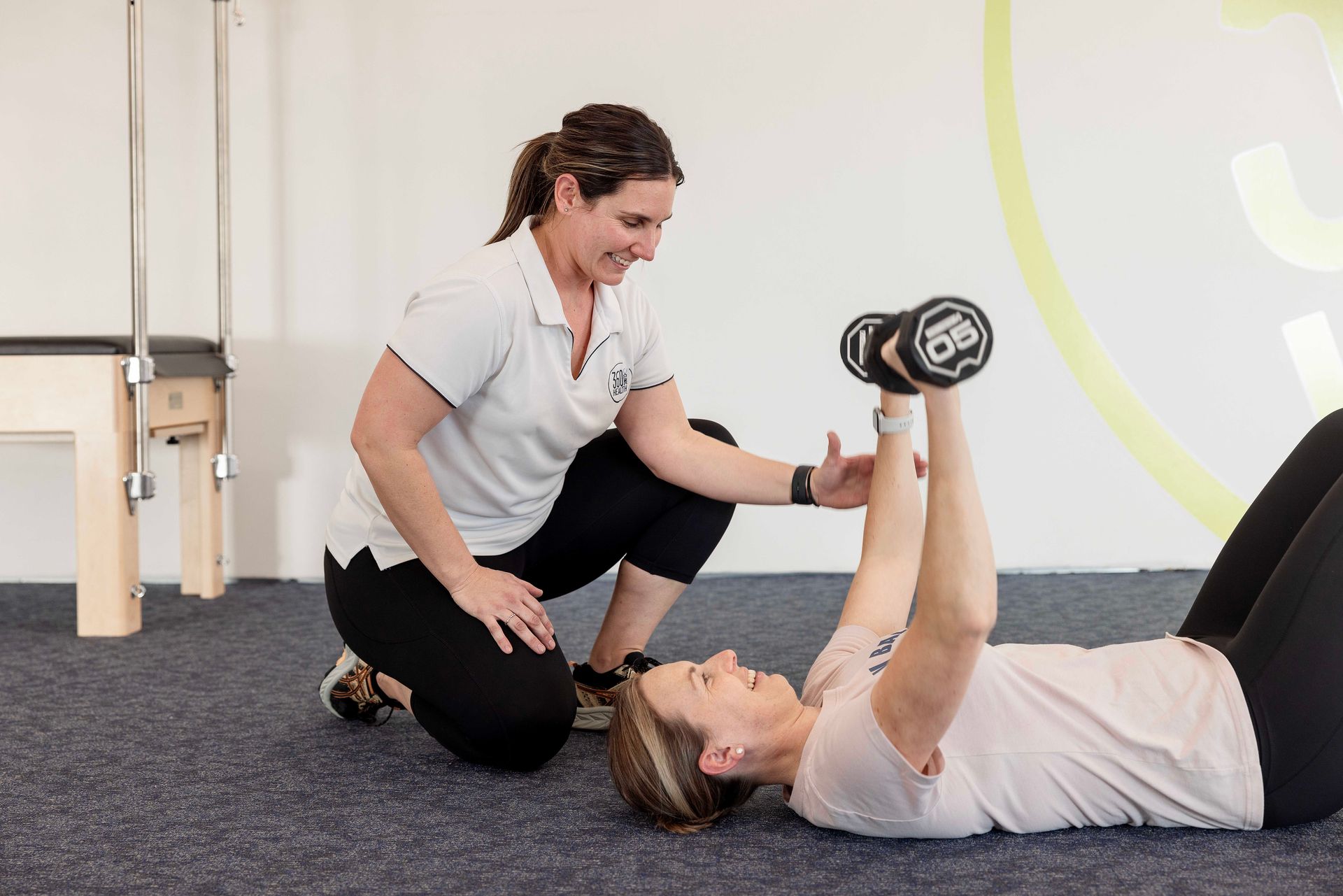Your Core
Understanding Core Strength

I can do 100 sit ups a day – my core is strong right?
Wrong! Your core actually refers to all the muscles groups which provide support to your trunk. These muscles bring stability to the spine and provide support to your limbs during movement.
A good way to look at it is to view your core as a cylinder, with a top (the diaphragm), a bottom (the pelvic floor) and sides (the abdominals, obliques and back muscles). These muscle groups work in unison to generate intra-abdominal pressure (IAP) by a gentle ‘drawing in’ action from all sides of the cylinder at the same time, but particularly from the optimal function of your diaphragm acting as a secure lid.
The Diaphragm: The Real MVP
Ever wondered why you’re encouraged to exhale on exertion? The diaphragm is our major respiratory, or breathing, muscle and works in partnership with the pelvic floor to maintain intra-abdominal pressure. When we actively exhale, and effectively engage the diaphragm, it promotes activation in the pelvic floor and transverse abdominus muscles, creating IAP and supporting the spine through movement.
Studies have revealed that poor diaphragmatic function has been linked to incidences of lower back pain and that correcting diaphragm dysfunction has produce positive results and a reductions in levels of back pain.
So how do we create a strong core? To ensure true core strength and stability we have to work the core in a multitude of ways including rotation, forward flexion, lateral flexion, pelvic-lumbar stability and bracing.
Start with the basics
Ensuring correct activation of the deepest layer of your core muscles can be challenging, and strengthening these muscles can sometimes feel more like a mind game rather than physical gain! These exercises are more about increasing body awareness, proprioception and neuromuscular connection.
- Diaphragmatic breathing – if you’re doing this correctly you should feel a three-dimensional expansion of your lower ribcage
- Transverse Abdominus activation
- Pelvic Tilts
- Isometric exercises – no movement through your core muscles eg, dead bugs
Progress to strength and control exercises:
- Animal crawls
- Exercise in a 4-point kneeling position – eg, alternative arm leg extension
- Forearm plank and side plank
Then try more compound and dynamic movements:
- Lunges with single arm press
- Cable rotations
- Unilateral exercises
A strong and stable core system can improve overall performance throughout the whole body and help alleviate chronic pain symptoms in common areas such as the lower back and hips. With a strong core you will be able to move better, more often and longer, as well as prevent injuries!
Not sure if your core is working for you? Let us help you! Whether you’re pregnant, have recently had a baby, have experienced an injury or lower back pain, re-assessing your core function could be a game changer. Come in and see one of our Accredited Exercise Physiologists for an assessment and prescription of appropriate core exercises.







